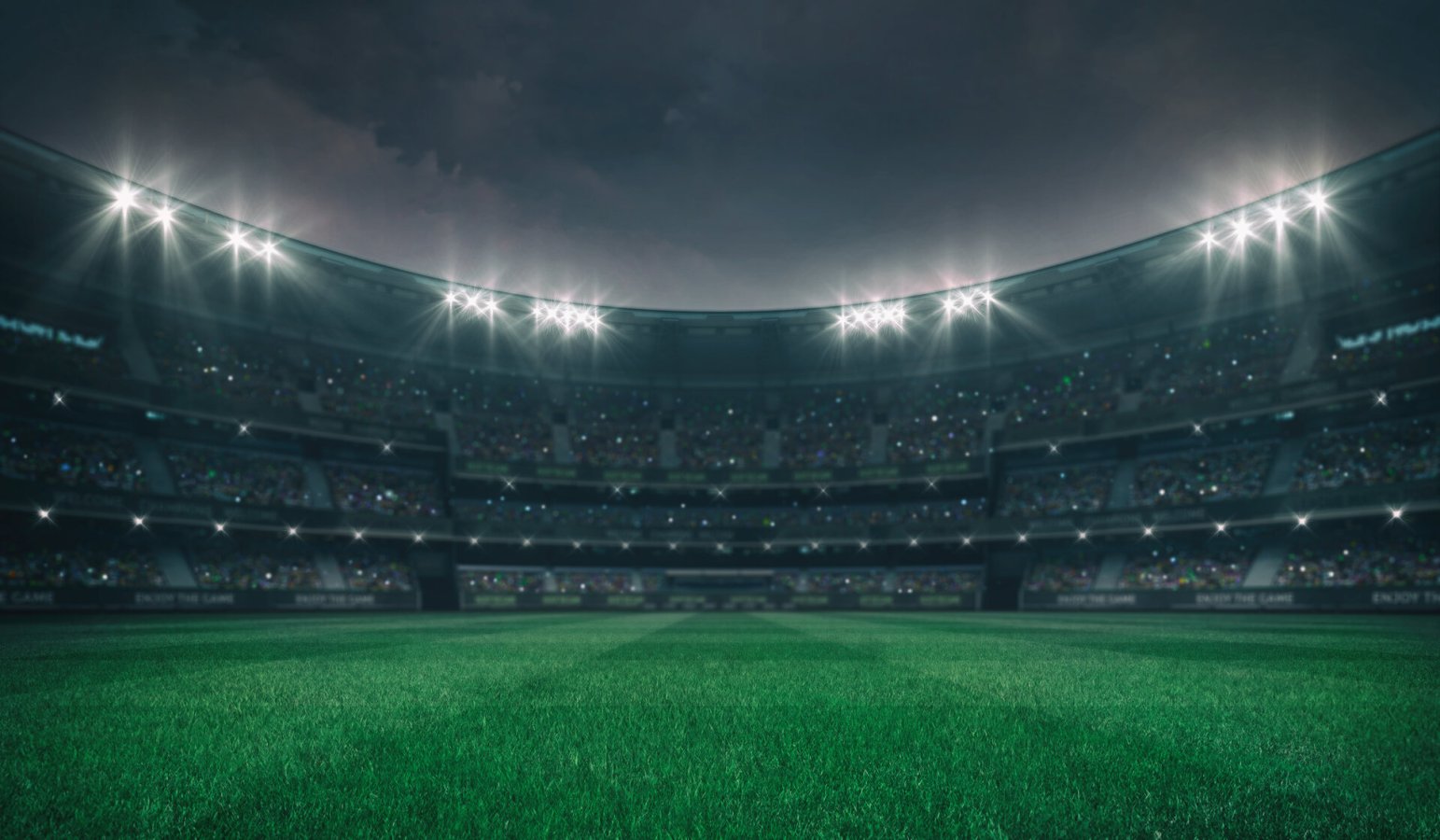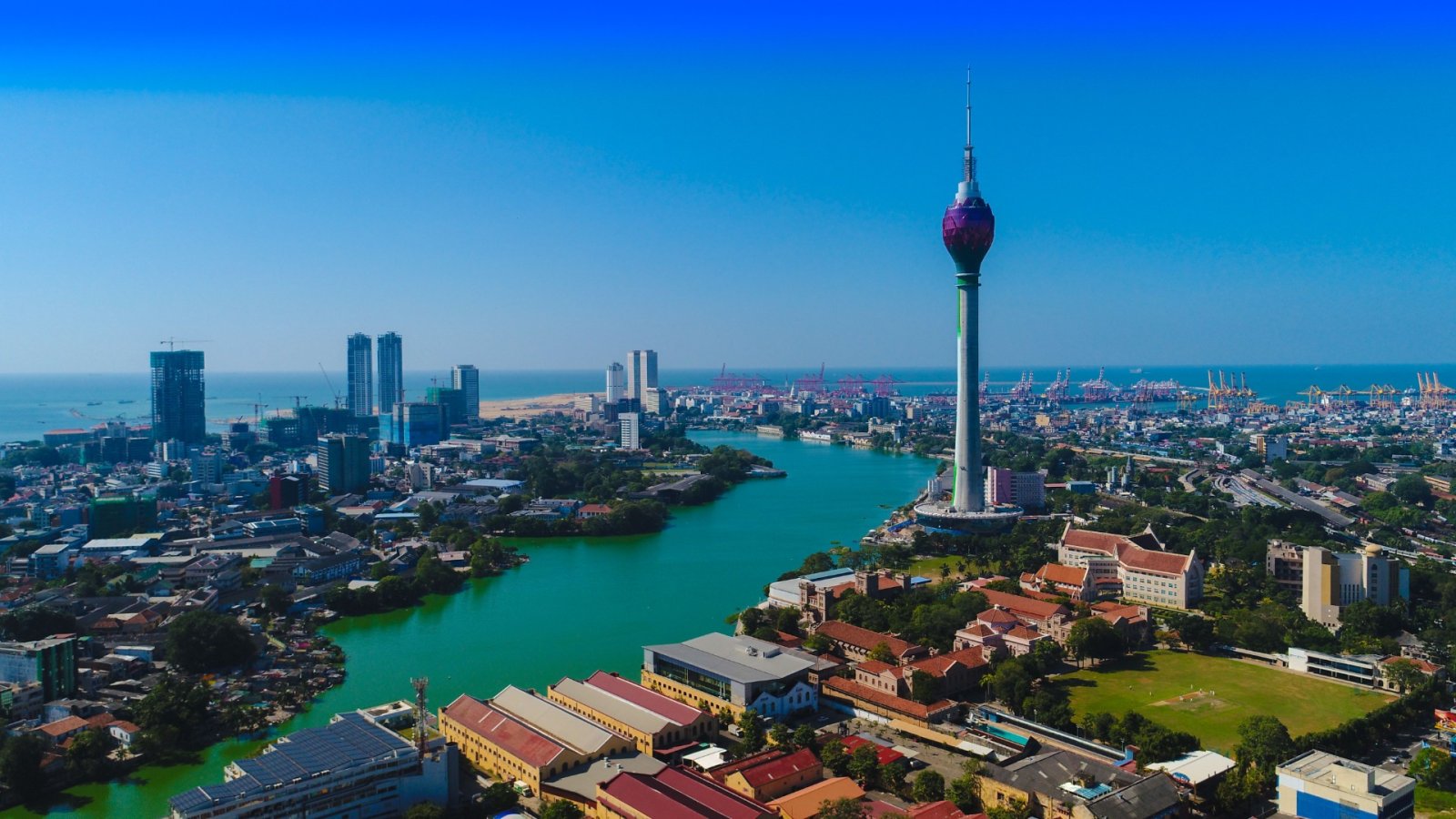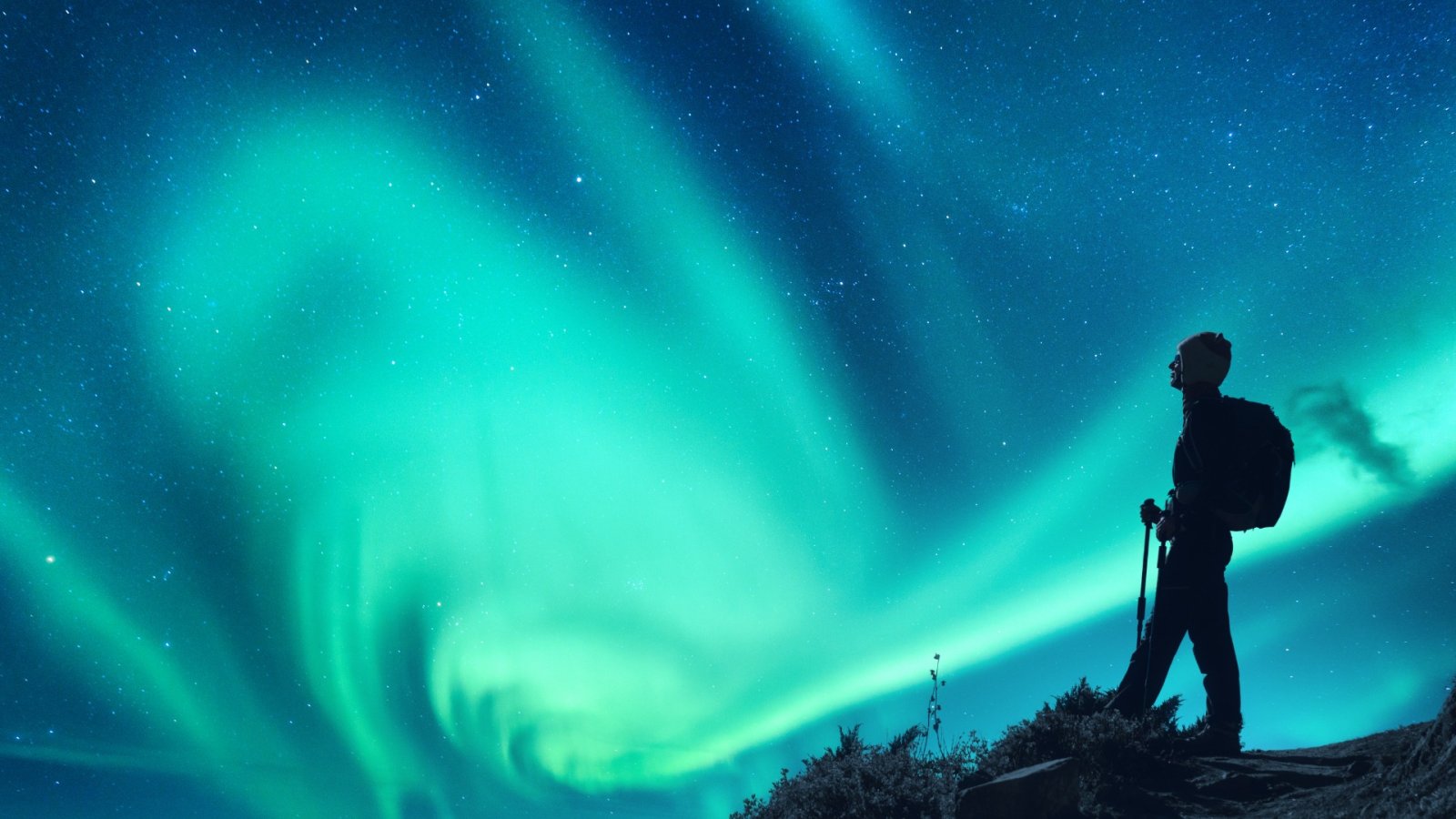If you’re on the quest to see the Northern Lights and have chased them every winter season with no luck, this article is for you. Read on to discover what no one ever tells you about the Aurora Borealis!
1 . Don't go for the Aurora; go for the destination.
If you talk to the locals of a northern town in Iceland, for example, many will tell you that they haven’t seen the northern lights in a while. The truth is, when the weather is bad and there are storms, clouding up the night skies doesn’t allow for much solar activity on the sun.
Had you visited Iceland, Finland, Norway, Sweden, Svalbard, or Alaska only hoping to see the Northern Lights, you’d probably have been disappointed. But if you think about these places, each destination can give you fantastic opportunities to explore and look for polar bears on a snowmobile expedition. Your adventure can be memorable when you have activities planned that you’re excited for. Because actually, seeing the Northern Lights is a bonus if they do come out to dance.
2. The Northern Lights are super unpredictable.
To see the Northern Lights or Aurora Borealis, you need a dark, clear night between late August and early April, as this is the period when nights are dark for long durations in northern regions like Abisko and Tromsø. There also needs to be solar activity like flares on the sun or solar wind. The Northern Lights occur when charged particles from the sun enter the Earth's atmosphere and collide with gas atoms, causing the colorful lights. Auroral forecasts and apps can predict activity levels, but the Northern Lights are unpredictable. You may see a great display on a night with a low activity forecast, or nothing on a high activity night.
There are solar cycles that can impact auroral visibility. Timing a trip during periods of increased solar maxima may improve sighting chances. The sun follows an 11-year cycle, and activity has been increasing since the last solar minimum in late 2019 as it heads toward the next peak around 2025.
3. It doesn't have to be cold, it just has to be dark.
One misconception about seeing the Northern Lights is that it needs to be cold. However, the Aurora is active throughout the year. The main limiting factor is daylight hours, not temperature. Between April and August, the aurora zone between 65-72 degrees north experiences nearly 24 hours of daylight each day, so the lights cannot be seen regardless of weather conditions or solar activity levels. It is the long daylight hours during the summer months, not air temperatures, that make the Northern Lights invisible in this period, even though solar activity still causes the phenomena year-round. You have seen them in August in very comfortable temperatures. Since it does need to be dark to see the Northern Lights in the sky.
The prime time period for viewing the Northern Lights from locations within the aurora zone is between late August/September through very early April. These months provide the best chance of dark enough nights during which the lights could potentially be seen.
Keep in mind that December isn’t typically the best month because popular Northern Lights destinations like Tromsø, Norway, and Kiruna, Sweden have about 70% probability of precipitation each day during December.
4. The weather can change instantly.
The weather in the Arctic regions where the Northern Lights can be seen is as unpredictable as the Auroras themselves. It's common to experience drastic and frequent changes, with multiple types of conditions possible in a single day - sunshine, clouds, rain, sleet, hail and snow are all likely, along with high winds. Just because morning skies are crystal clear does not guarantee they will remain that way until nightfall, when the Northern Lights typically occur. Likewise, heavy snowfall and completely overcast skies at bedtime have not prevented sightings on some occasions.
5. You have to put effort into catching the Northern Lights.
As mentioned previously, darkness is required to observe the Northern Lights. This means avoiding light pollution from cities. While strong auroral displays can sometimes be seen from places like Reykjavik and Tromsø, the best opportunities are in darker rural Arctic areas away from urban centers. Northern Lights tours are a good option since the operators have significant experience locating prime viewing spots, even when cloud cover is low. They know where darkness prevails under overcast conditions too. Most tour companies will allow travelers to join another tour on a subsequent night if the lights do not appear as predicted. This improves the chances of fulfilling the goal of witnessing the elusive phenomenon given its unpredictable nature and variety of potential visibility factors like weather and local light contamination.






